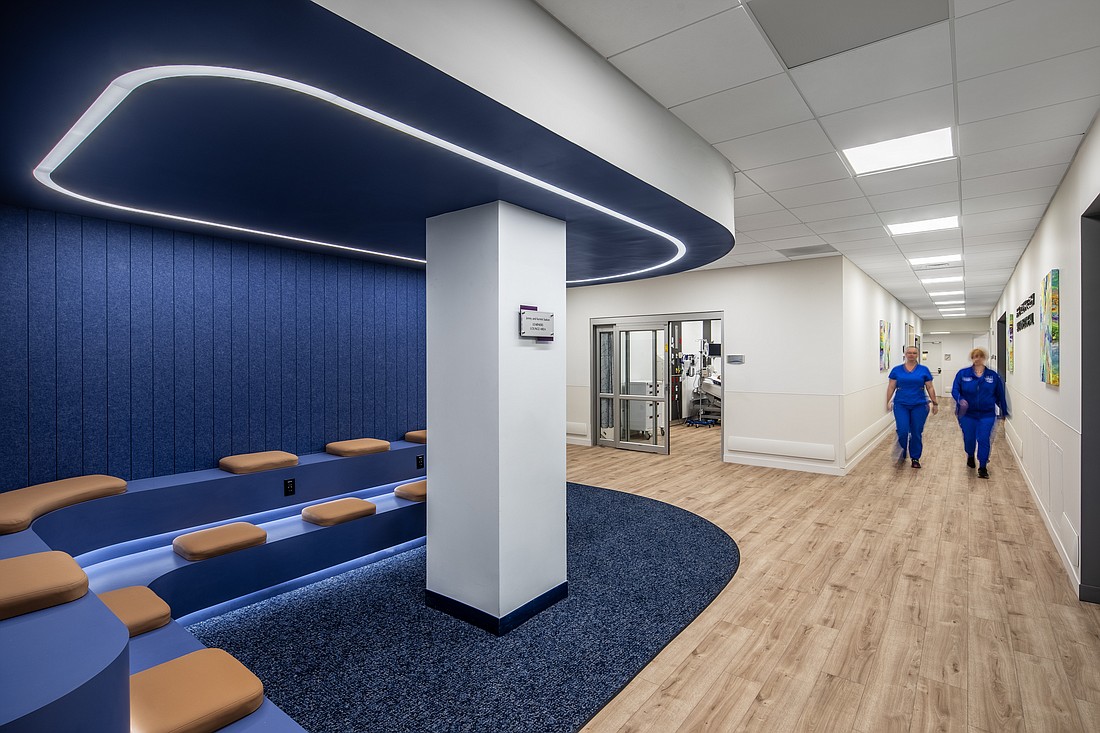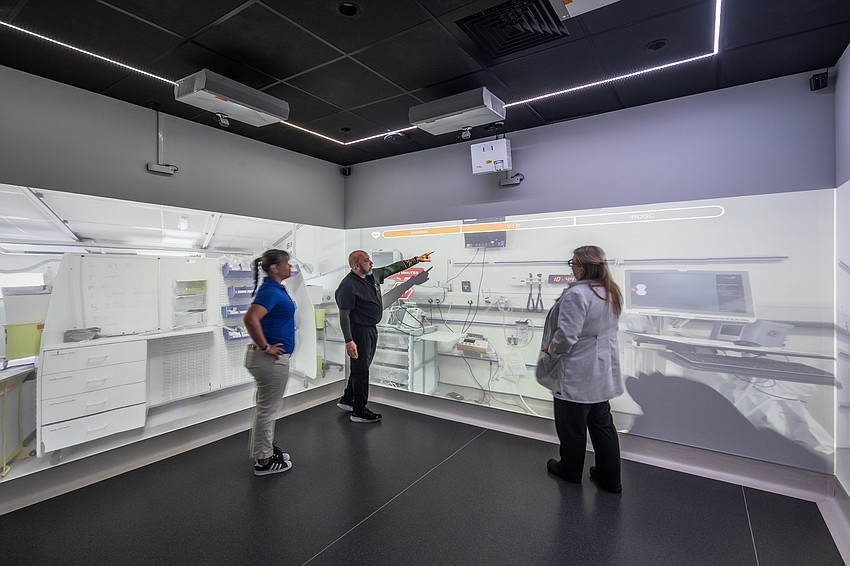- July 26, 2024
-
-
Loading

Loading

When the president of the Naples Heart Institute discovered it was taking a too long to move patients from the emergency room to the catheterization lab, a simulation center at the NCH Healthcare was put to work to see what could be done to improve the situation.
After working on the problem, the Naples health care system took one of its high-definition mannequins and sent it out in an ambulance with an EMS crew. (High-definition mannequins simulate human physiology, coughing, talking and tracking students with their eyes).
The crew, with mannequin in tow, drove up U.S. 41 and called the hospital to report a heart attack as it would in the event of a real emergency. And, also as in the event of a real emergency, the crew and hospital personnel went to work, treating the mannequin as if it was a real patient.
It took 28 minutes from the time the call came in until the mannequin was delivered to the catheterization lab. That placed the hospital in 99th percentile in the United States.
"So that's the kind of stuff the simulation center can accomplish,” says Douglas Harrington, the medical director of the Naples Community Hospital Baker Judith and Marvin Herb Family Simulation Center.
The simulation center, a 10,000-square-foot training facility that’s attached to the main hospital. opened at NCH's Baker Hospital in downtown earlier this year.
It was designed to give healthcare workers and emergency personnel — and others — a place to work on their skills in order to be prepared for real life situations.
Kaisa Schmidt, vice president of marketing and public relations for the construction firm DeAngelis Diamond, says the center includes futuristic classrooms, mock patient and OR rooms and a fully integrated virtual reality classroom.
“The true highlight of this project was technology and its implementation throughout the entire build to fully support and bring about the future of health care training and learning,” she says. “Ultra-modern finishes have almost a futuristic touch that further impresses upon this project’s goal of pushing the health care field into the world of tomorrow.”

According to the hospital, while the students are working their teachers are sitting behind one-way frosted glass, manipulating mannequins to direct the experience. After a session, the students are debriefed, and the class discusses the experience with the educator.
The idea is to prepare the students by drilling in nearly real conditions so they are better equipped to deal with actual emergencies when the time comes.
NCH says that “while only 15% of information is retained through traditional classroom teaching, 90% is retained through experiential learning.”
Among the features is a Moulage room, which is like a workshop where training materials are crafted, Schmidt says.
According to the National Institute of Health, Moulage originally was known as “the art of wax model making to depict certain conditions for medical education." Given the advances in medical training, over the years it has become “the art of special effects makeup” and is used to mimic disease processes and injuries.
At the NCH simulation center, two ovens are used for melting Ballistic gelatin to create Dragon Skin. Dragon Skin says Schmidt, is a silicone-based solution that allows the creation of lifelike skin to teach stitching techniques and can also be airbrushed to look like real human body parts.
There is also an Immersive room, which is a space with walls coated in high-resolution, 8k paint to facilitate projections.
This space, for instance, can be turned into a restaurant — complete with the smell of food — if the goal of the exercise is to simulate someone choking. Or it can be turned into a field setting for trauma training, or a scene from a motorcycle accident.
“Imagine a table and chairs placed in the middle, allowing learners to fully immerse themselves in the experience," Schmidt says. "It's possibilities are endless."
Schmidt says in order to make the simulation center work, the company needed to coordinate and integrate the design elements of a health care facility while making it accessible and functional as a classroom learning space. It had to be the kind of space where large groups of students and faculty could view processes and learn about various procedures.
So, the project had to feature additional acoustical and interior design elements to help reduce noise and promote a calm learning environment.